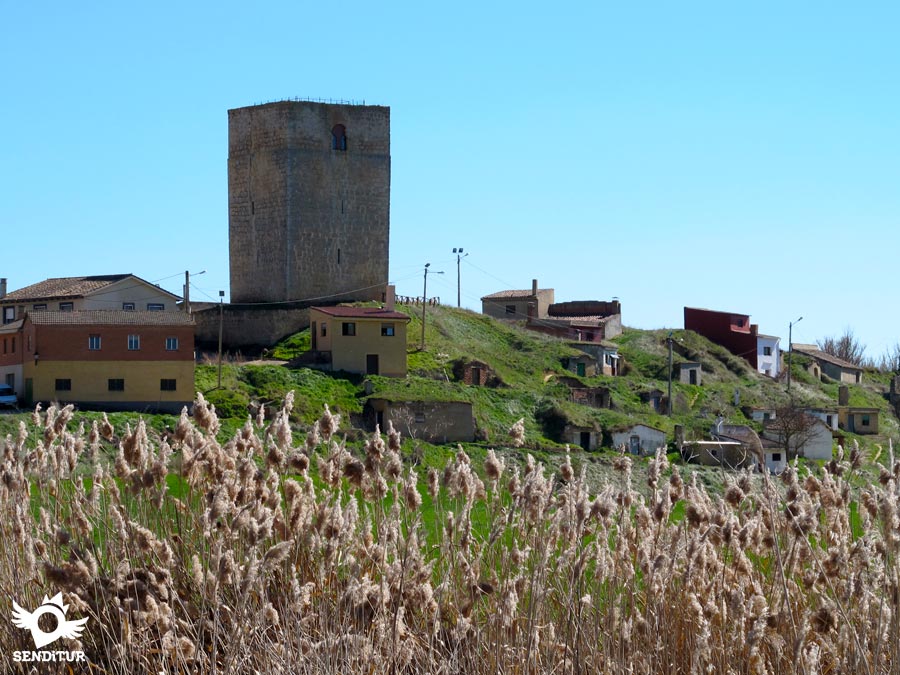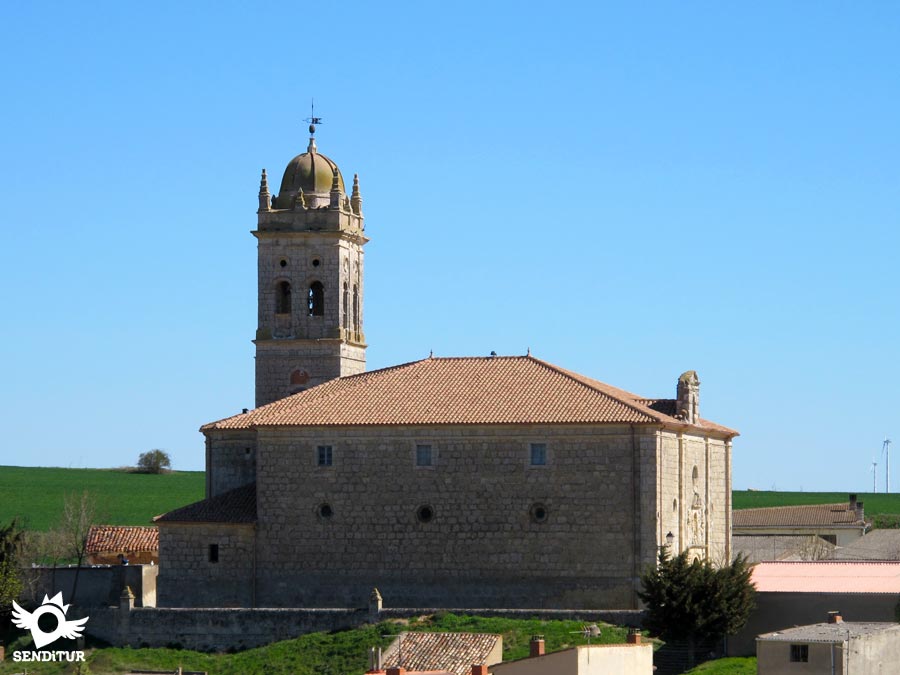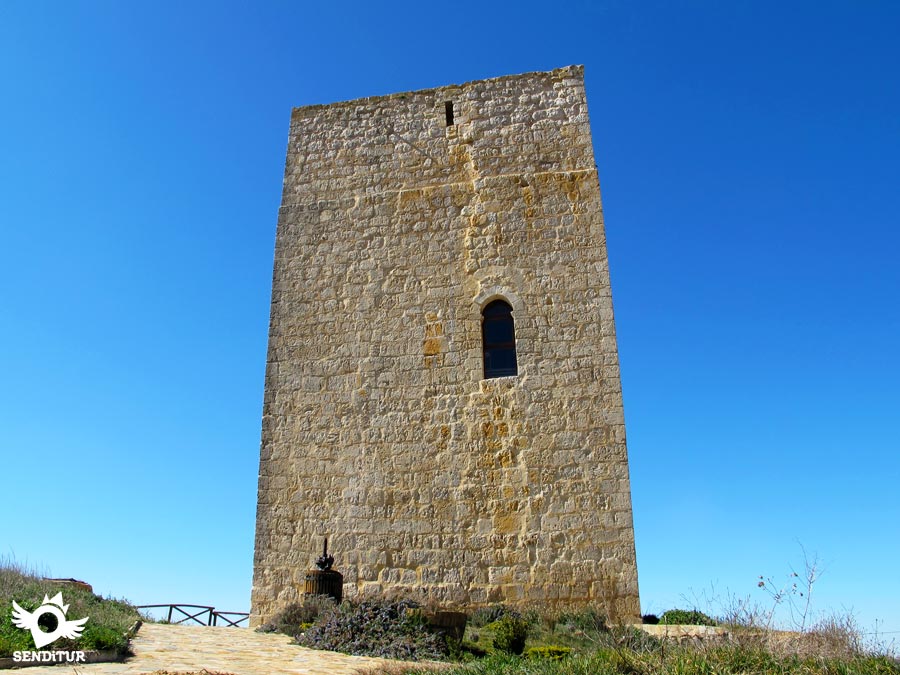It is located very close to the river Pisuerga, specifically on its eastern bank. The first documented historical reference to Itero del Castillo dates from 934, when the border count, Fernán Armentález, gives Melgar de Suso privileges and says that he populated his village of Fitero del Castillo. Its origin was clearly defensive, and in the Middle Ages formed a walled town around the castle. Its highly strategic position, being also a crossroads and border between the kingdoms of Castile and León, made its bridge and castle very important. In the 13th century Itero del Castillo is mentioned in the writings of the Monastery of San Salvador de Oña. At the beginning of the 15th century Don Juan Fernández de Velasco bought Itero, later the castle would become the property of the Count of Haro, and in the 17th century it was owned by the Duke of Lerma. Itero del Castillo remains walled until the 18th century.

From far away Itero del Castillo offers us the beautiful silhouette of its homage tower, which could be from the 14th century. This is what remains of the castle, it has lost its battlements but conserves an interesting geminated window with pointed arches. The tower has been restored and can be visited. Nowadays, in summer, interesting exhibitions are held there. One of its gates remains of its walls, which in the village is known as the Arch, and is in the Plaza Mayor next to the town hall. The parish church is dedicated to St. Christopher and was built in the eighteenth century using the stones of the wall, which were ceded for it by the Duke of Pastrana, the oldest part of the church is the baptismal font dating from the twelfth century. Inside the village you can also see some stately homes with coats of arms. Before leaving the province of Burgos, the Itero del Castillo bridge, known as Puente Fitero, Ponteroso or Puente de la Mula, "murga, limite" and which joins the town with its Palencia homonym, Itero de la Vega, was of great strategic importance, for which it was very disputed in the Middle Ages. It is one of the longest bridges on the Pilgrim's Way to Santiago de Compostela, built by Alfonso VI, and has seven of the eleven masonry arches it originally had. Nearby is the Romanesque-Gothic hermitage of San Nicolás.

Itero del Castillo honours his patron saint Santiago Apóstol on 25 July while celebrating the titular saint of his church, San Cristóbal. In winter, on 6 December, the festivity of San Nicolás de Bari and the Assumption of the Virgin are celebrated on 8 December of the same month. On 15 May, San Isidro, patron saint of the farmers, the people of the village after mass and the traditional procession through the fields of the place meet and share an aperitif.
In Itero an ancestral tradition is celebrated, the day of the crosses, on May 3 and coinciding with the day of the Cross, the fields are blessed in procession with small wooden crosses and then in the Plaza Mayor takes place the festival of the tortillas de escabeche, chicharro en escabeche, watered with wine from the land.

In the houses of the area, at the end of the nineteenth century began to use the glory, here called stove and trivet, which is a heating system where the fireplace of glory is built under a room on the ground floor. This, today still characterizes its constructions.
You can reach Itero del Castillo by following the BU-403, either taking the detour that you will find in Mota de Judíos, on the BU-400 road that joins the towns of Castrojeriz and Melgar de Fernamental or on the other side from Boadilla del Camino and the neighbouring Itero de la Vega. A network of local roads connects it with nearby towns.
Itero del Castillo has a bus service that connects it with the different towns that the Burgos-Arenillas de Río Pisuerga line covers. The service's information telephone number is 947 47 28 30.
SENDITUR is not responsible for any variation in the information described, as well as for the misuse of its guides and recommends that everyone be responsible and prudent in carrying out the activity. Likewise, we invite you to document yourself with books and specialized guides to complement the information described. From the commitment of SENDITUR with Nature and the respect to the balance of the environment, SENDITUR urges you to travel in a responsible way, with low environmental impact and respecting at all times the Natural, Cultural and Social environment wherever you go. For any suggestion, SENDITUR invites you to send an email to .
Continue watching …